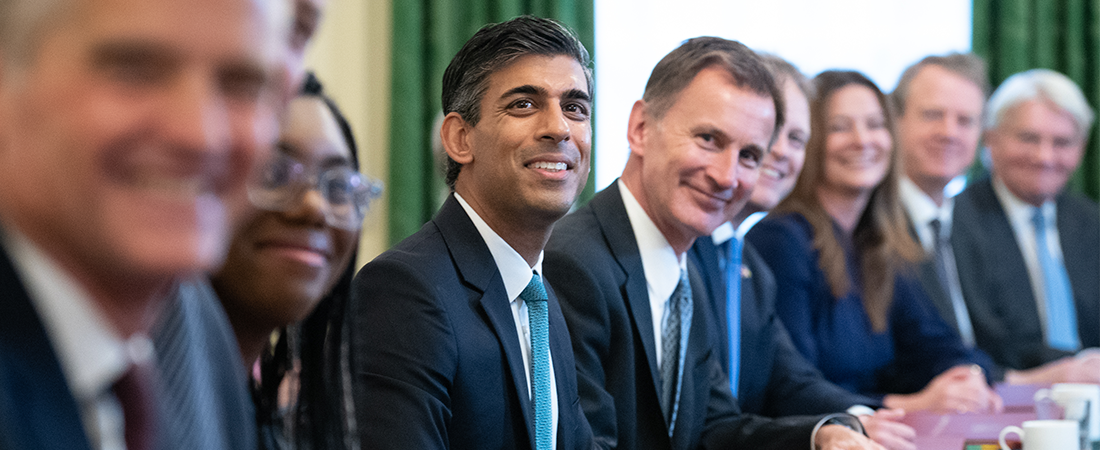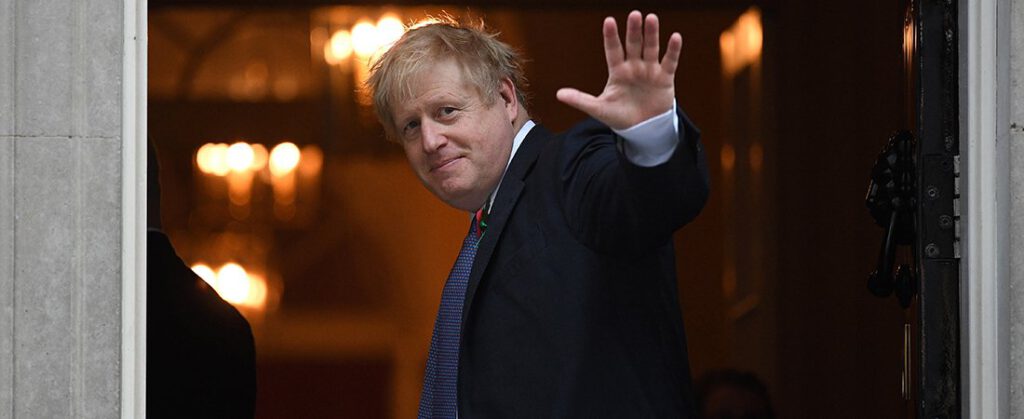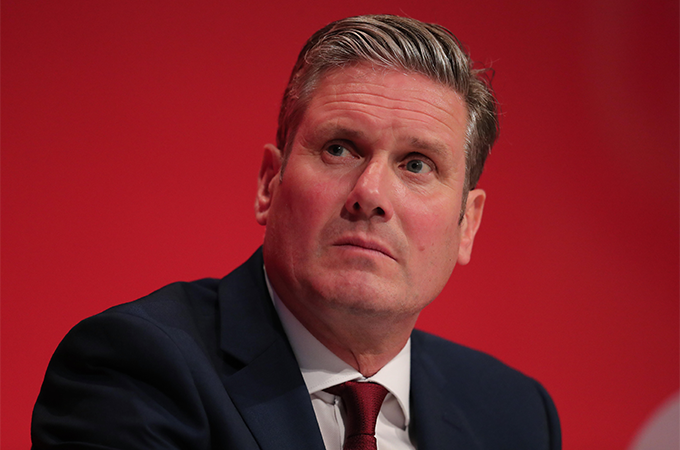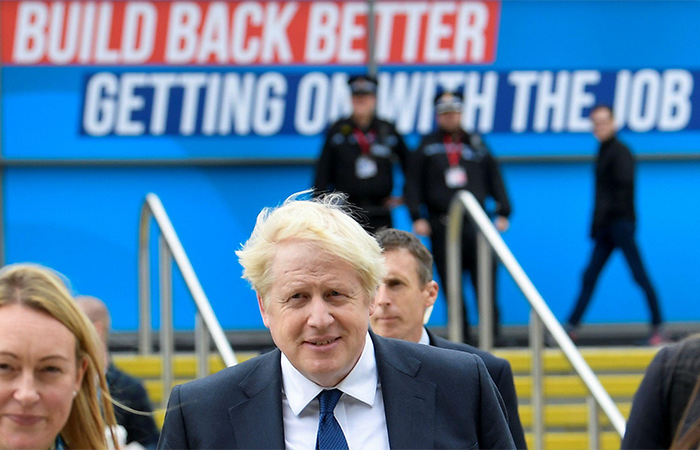The ghost of Margaret Thatcher looms large over the Conservative party. Former Prime Minister Liz Truss faced endless comparisons to the three-time election-winning Iron Lady during the summer leadership contest, from her pussy bow blouses to her penchant for sitting on tanks. But it was Rishi Sunak who claimed the mantle of Thatcherite, speaking with conviction of his love of Lady Thatcher and her commitment to sound money. In July, he told the Tory party faithful:
“If you remember her early budgets — and, actually, what we had to do as a country at that phase — even though it was difficult, she understood that you have to get a grip of inflation first and get a grip of public spending and borrowing…That was very much her mantra … and that is exactly the same path that I want to follow.”
Like Thatcher in 1979, Sunak’s primary task is to deliver sound economic management. Sunak must navigate the landmines of impossible political choices about tax and spending needed to deliver economic stability. He knows all that matters is uniting his party behind those trade-offs and difficult decisions. To do so, he took a chapter from Thatcher’s playbook. Her first Cabinet contained far more ‘Wets’ (of the One Nation Tory tradition) than ‘Thatcherites’. Sunak’s first is also nothing less than a Cabinet of rivals.
There were four categories of MPs who made it to Sunak’s Cabinet table. The first, the no-brainers, were the Sunak loyalists who stuck with him during a difficult campaign – Cabinet Office Minister Oliver Dowden, Health Secretary Steve Barclay, Justice Secretary Dominic Raab, Work and Pensions Secretary Mel Stride.
The second were the acolytes of the two fallen PMs Truss and Johnson – such as Foreign Secretary James Cleverly, Environment Secretary Thérèse Coffey, Party Chairman Nadhim Zahawi, and Chris Heaton-Harris (who ran the numbers for Johnson’s latest comeback bid).
The third group were the leading lights from across the ideological spectrum of the party. Chancellor Jeremy Hunt and Security Minister Tom Tugendhat, popular with One Nation Conservatives, now sit around a Cabinet table with darling of the right Suella Braverman as Home Secretary and the phenomenally talented Kemi Badenoch as Trade Secretary.
Finally, there were returns for well-regarded former Cabinet ministers who had been on the backbenches for a while, such as Transport Secretary Mark Harper and Minister for Development Andrew Mitchell.
With one reshuffle, he told his loyalists that their commitment will be rewarded, he told Truss and Johnsonites that there was an important place for them, he told the One Nation and ERG-backers that their voice mattered, and he told every former Minister on the backbenchers that there is a route back to government. The reshuffle was generous and savvy in equal measure. Much like Sunak himself.
Now, this reshuffle will not make managing Cabinet easy. There will be plenty of challenge and dissent around that 30-person table in Downing Street. It is certainly not the Cabinet that Sunak would have assembled had he won the summer leadership contest.
The party will prove even more difficult. 12 years into Conservative government, there are (by my count) over 100 former ministers on the backbenches. The rebellious mood that has plagued the party since the Brexit shenanigans and Covid showdowns has taken root, and the Tory party has no time or patience for a hint of weakness from its leader.
But Sunak knows to bide his time. It took Thatcher 18 months until she felt ready to assert her authority over the Cabinet, famously purging the Wets who had been critical of her economic plans in 1981. This Cabinet reshuffle has revealed Sunak’s deep understanding of the importance of maintaining party unity through a difficult winter to deliver the political and economic stability the country needs. He will hope that, if he unites the party behind his plans, the economy begins to recover, and the polls begin to turn, he can fashion a new Cabinet when the political weather changes.





